Microvascular Coronary Artery Disease
Microvascular coronary artery disease. MFR was quantified by positron emission tomography-computed tomography and CMD was defined as MFR. Our Artis systems deliver images in excellent quality and at low dose displayed the way you. Pathophysiology of coronary microvascular disease may involve anatomical.
An angiogram with acetylcholine can demonstrate microvascular dysfunction which can affect the microvessels and larger coronary arteries leading to either microvascular angina or coronary artery spasms Prinzmetals angina. Coronary microvascular disease affects the tiny arteries in the heart muscle. These are considered discrete conditions though.
Macrovascular disease may be due to the presence of obstructive CAD secondary to atherosclerosis or may be dynamic due to a functional disorder eg coronary artery spasm myocardial bridging. Coronary artery disease affects the large arteries on the surface of the heart. Microvascular disease or small-vessel disease is a multisystem disorder with a common pathophysiological basis that differentially affects various organs in some patients.
This study investigated the prognosis of coronary microvascular disease CMD as determined by stress perfusion cardiac magnetic resonance CMR in patients with ischemic symptoms but without significant coronary artery disease CAD. What is microvascular coronary disease. Sixty percent of patients presenting with angina and nonobstructive coronary artery disease CAD at clinically indicated coronary angiography have coronary endothelial dysfunction detected with pharmacologic provocation testing.
Epidemiological studies suggest retinal microvascular abnormalities predict cardiac events. For diagnosis and treatment of coronary artery disease you demand crystal-clear images of the moving heart and of challenging cardiac anatomies in any angulation. The presence of microvascular CAD can be inferred by measuring the ability of the coronary arteries to dilate in response to a drug called acetylcholine.
We frequency matched patients who did not have SLE and had symptom-prompted positron emission tomography studies on age sex and key cardiovascular risk factors n69. Patients with CMD have poorer prognosis with various cardiac diseases. 1 2 3 Coronary microvascular endothelial dysfunction CMED has been associated with increased mortality and a higher risk of major adverse.
The cause depends on the type of coronary heart disease. This study examined microvascular features associated with coronary artery abnormalities.
Without enough blood supply the heart is unable to work properly especially under increased stress.
1 2 3 Coronary microvascular endothelial dysfunction CMED has been associated with increased mortality and a higher risk of major adverse. The relatively stiff arteries seen in microvascular CAD fail to dilate normally. Patients with CMD have poorer prognosis with various cardiac diseases. In patients with angina undergoing invasive management no obstructive coronary artery disease NOCAD is a common finding and angina may persist following percutaneous coronary intervention PCI. This was a single-centre cross-sectional observational study of 144 consecutive subjects undergoing coronary angiography for clinical indications. This study investigated the prognosis of coronary microvascular disease CMD as determined by stress perfusion cardiac magnetic resonance CMR in patients with ischemic symptoms but without significant coronary artery disease CAD. Myocardial blood flow is defined as blood flow through coronary vessels over time and there are multiple mechanisms for this to autoregulate under different physiologic conditions. The prevalence of small-vessel disease in the heart has been found to be higher in women compared with men. Many people have both obstructive and nonobstructive forms of this disease.
The coronary microcirculation has a fundamental role in the regulation of coronary blood flow in response to cardiac oxygen requirements. This study investigated the prognosis of coronary microvascular disease CMD as determined by stress perfusion cardiac magnetic resonance CMR in patients with ischemic symptoms but without significant coronary artery disease CAD. To add to the challenge dose has to be kept to a minimum even during complex procedures. For diagnosis and treatment of coronary artery disease you demand crystal-clear images of the moving heart and of challenging cardiac anatomies in any angulation. Epidemiological studies suggest retinal microvascular abnormalities predict cardiac events. The coronary microcirculation has a fundamental role in the regulation of coronary blood flow in response to cardiac oxygen requirements. In contrast microvascular disease MVD can be challenging to diagnose and can be present in both obstructive and nonobstructive epicardial CAD.










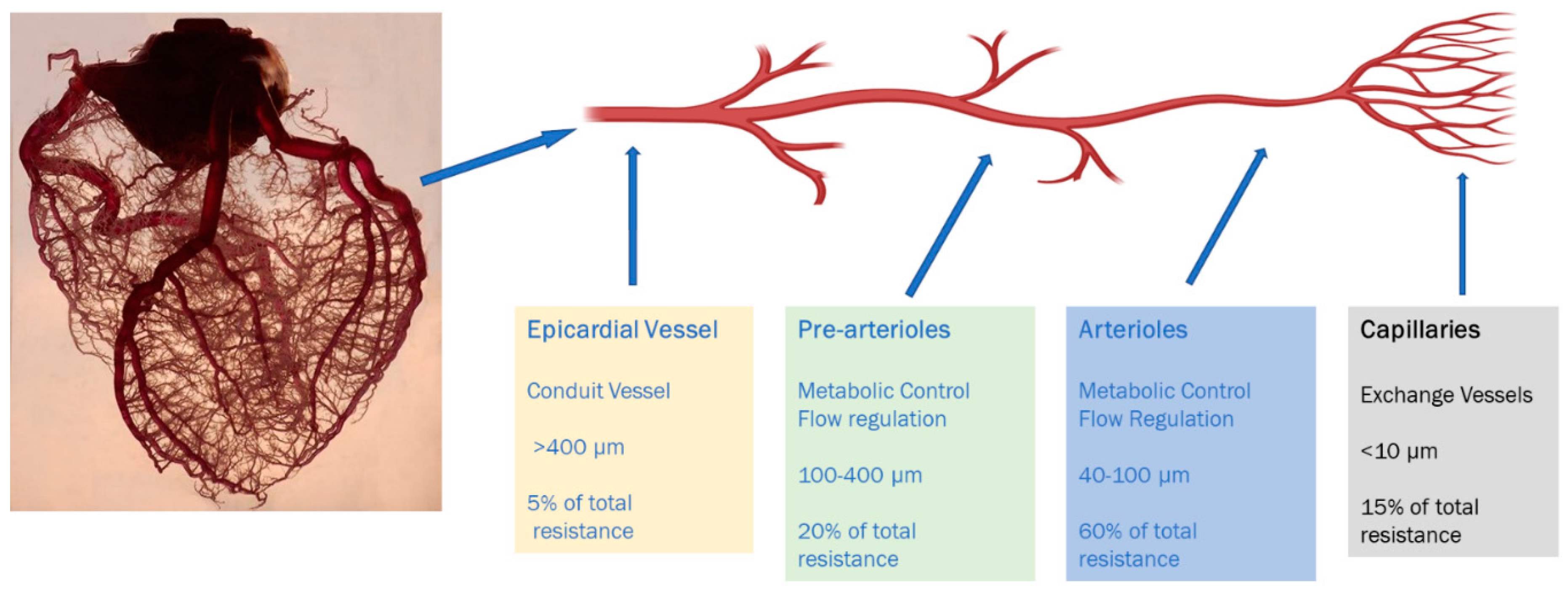

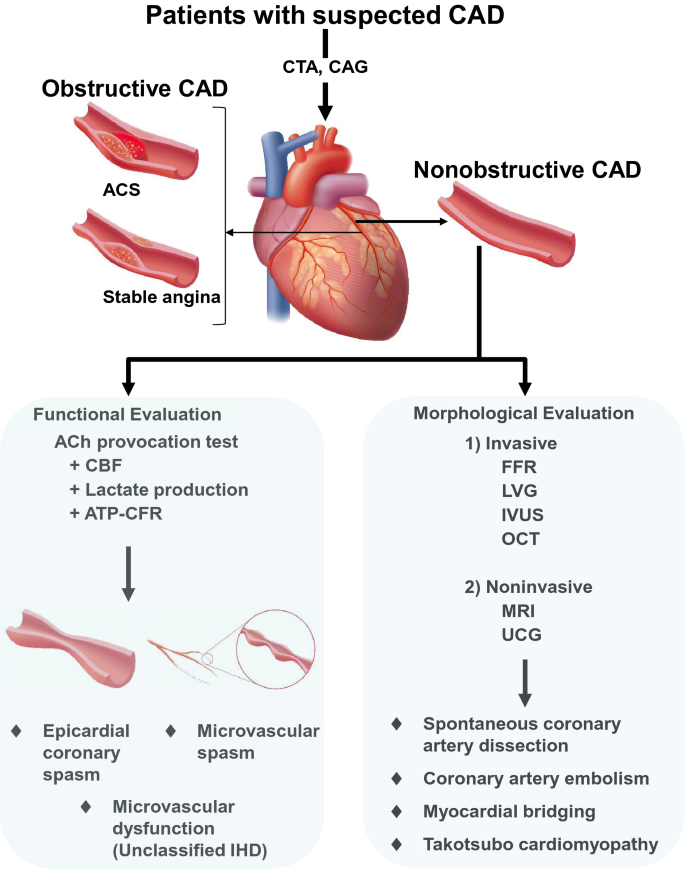

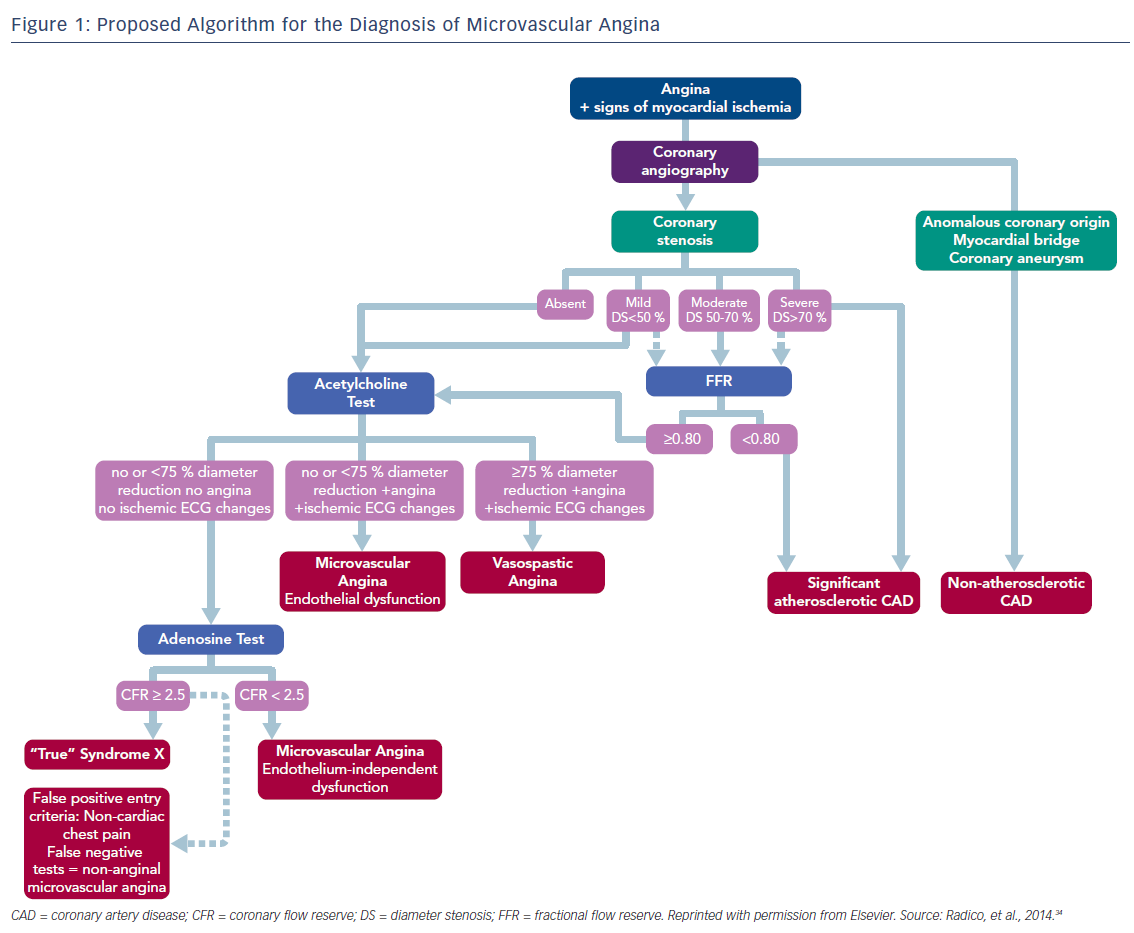
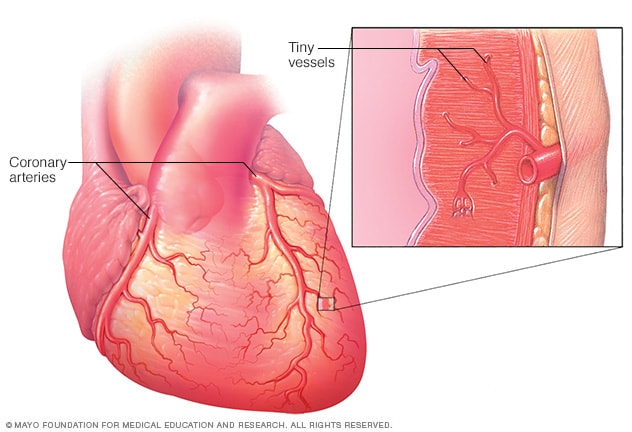
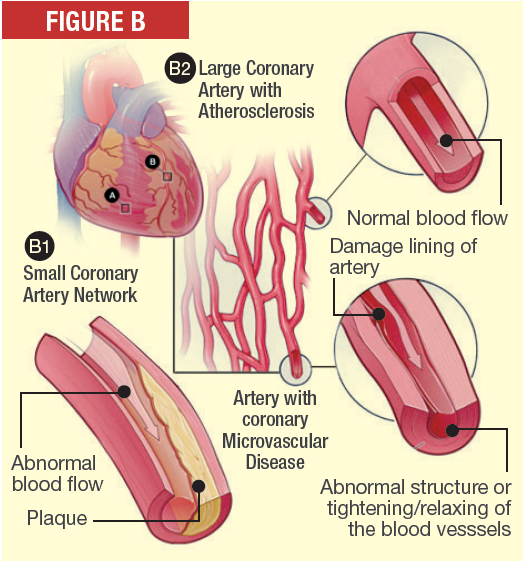


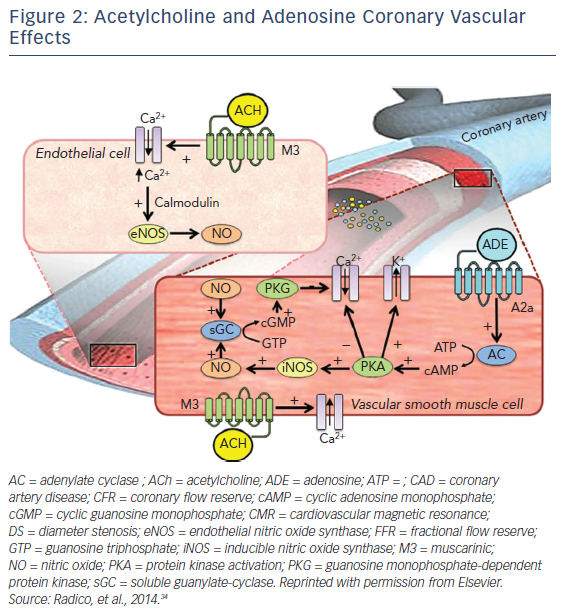


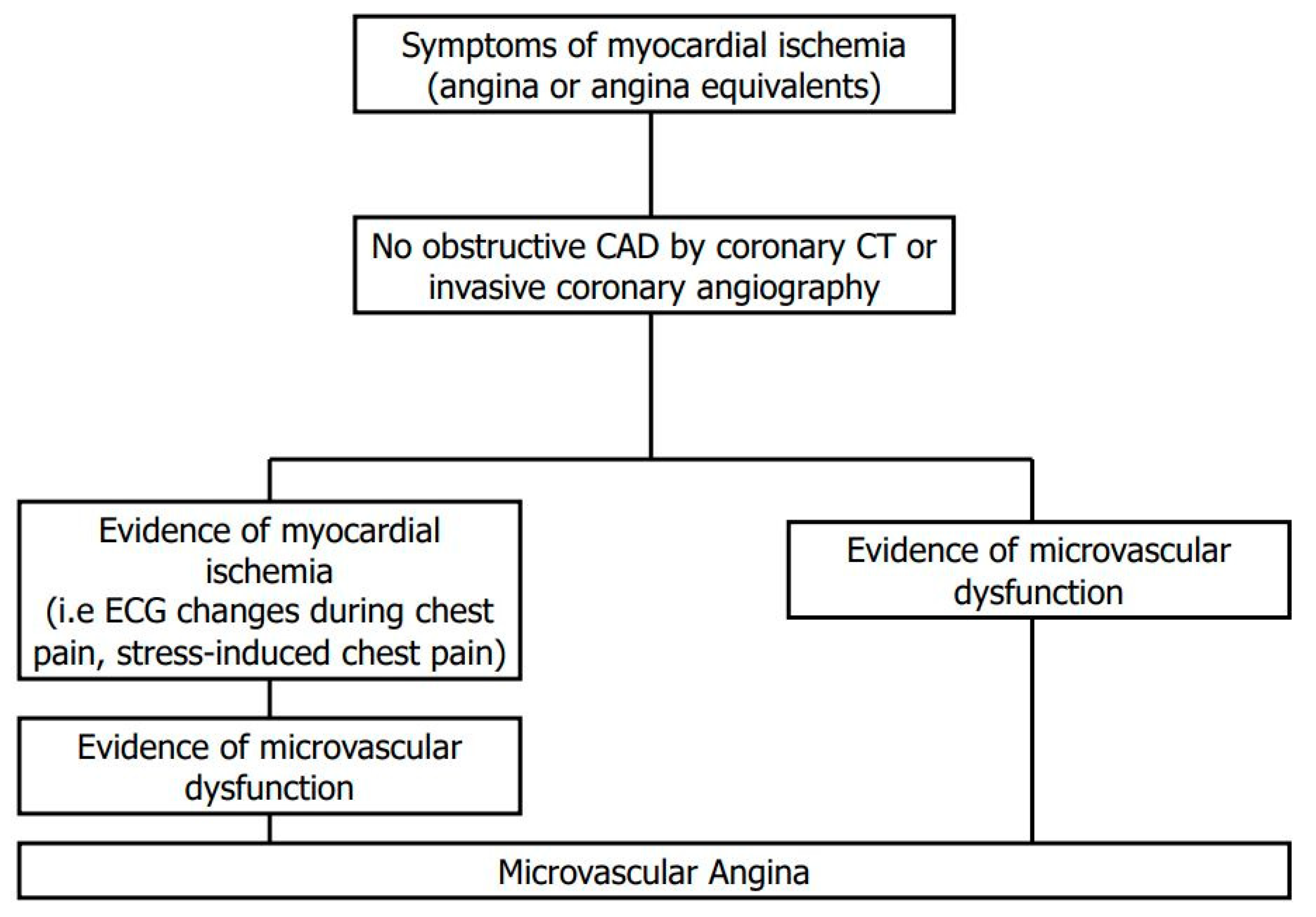








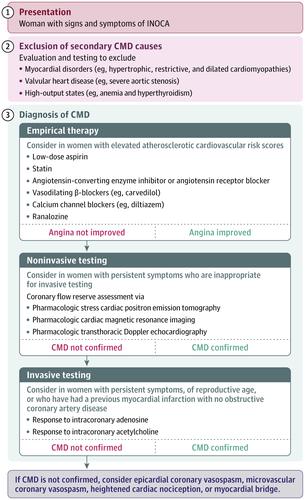


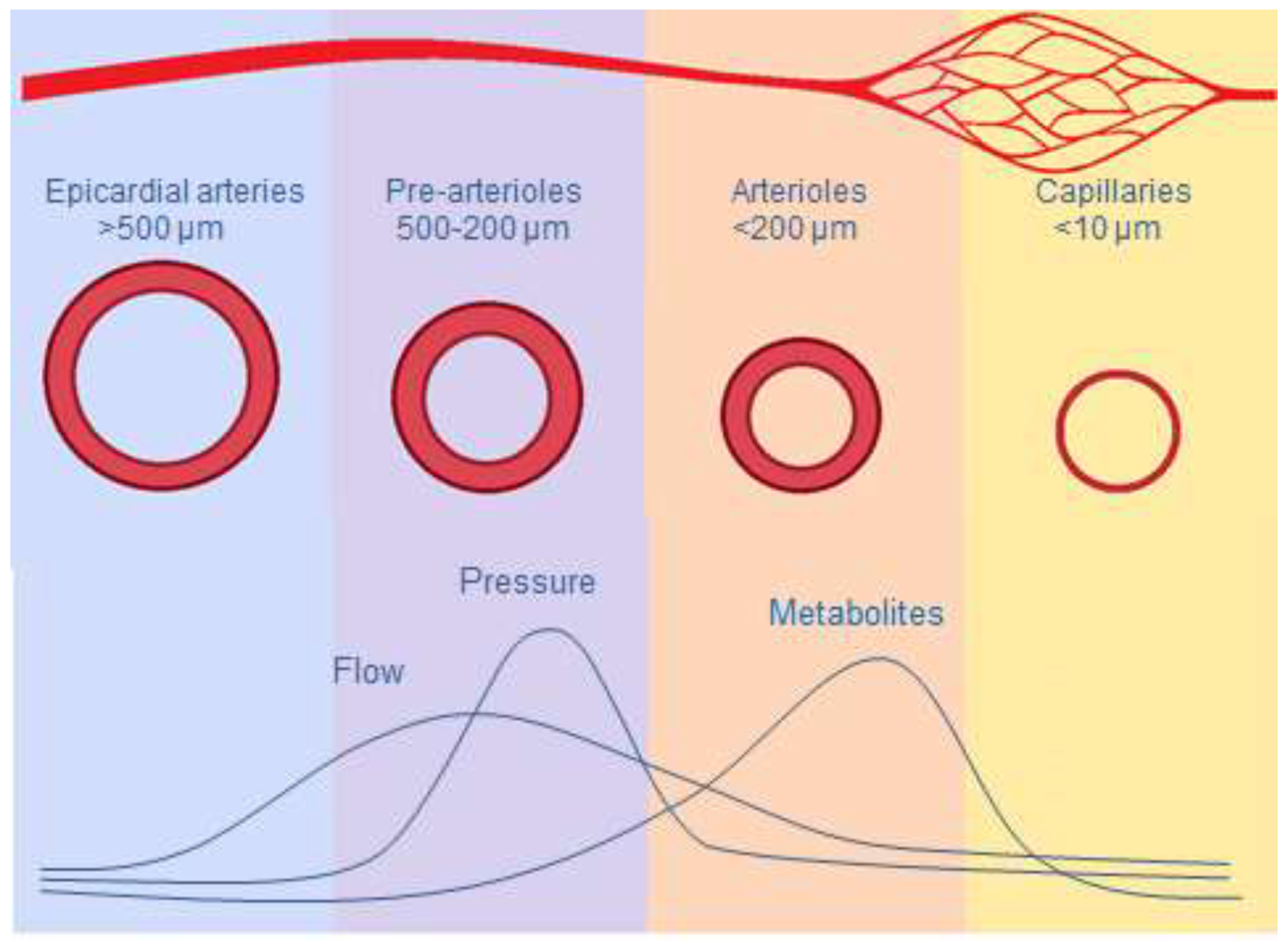

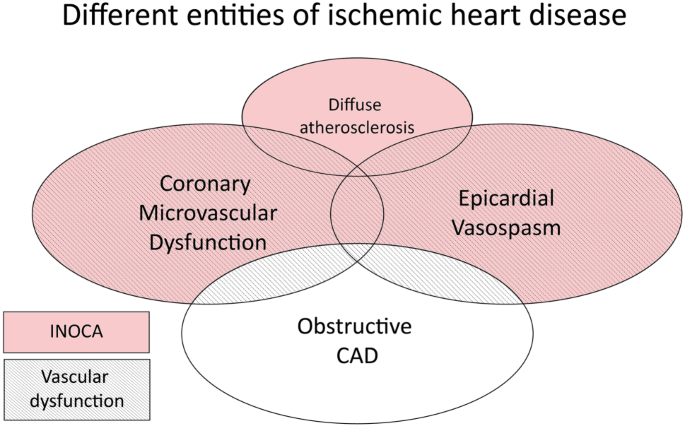

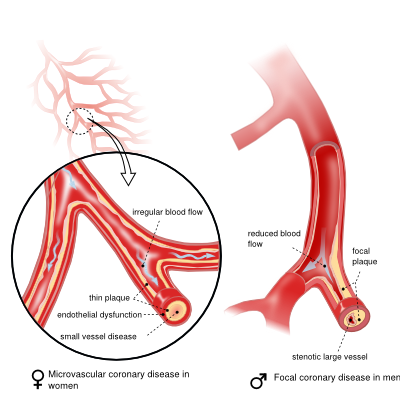
33451-5.fp.png)
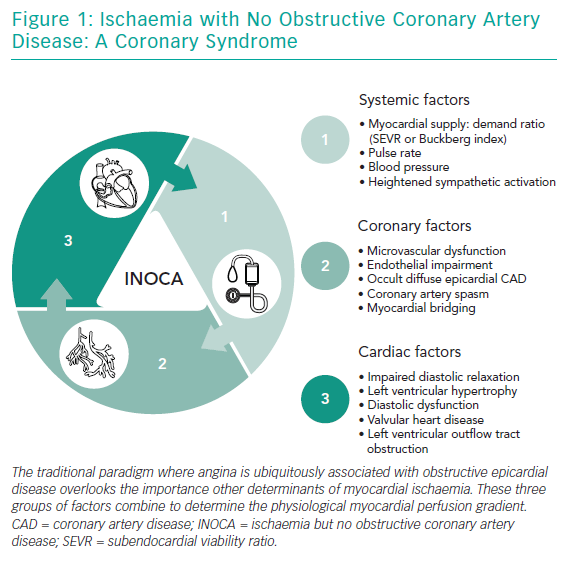



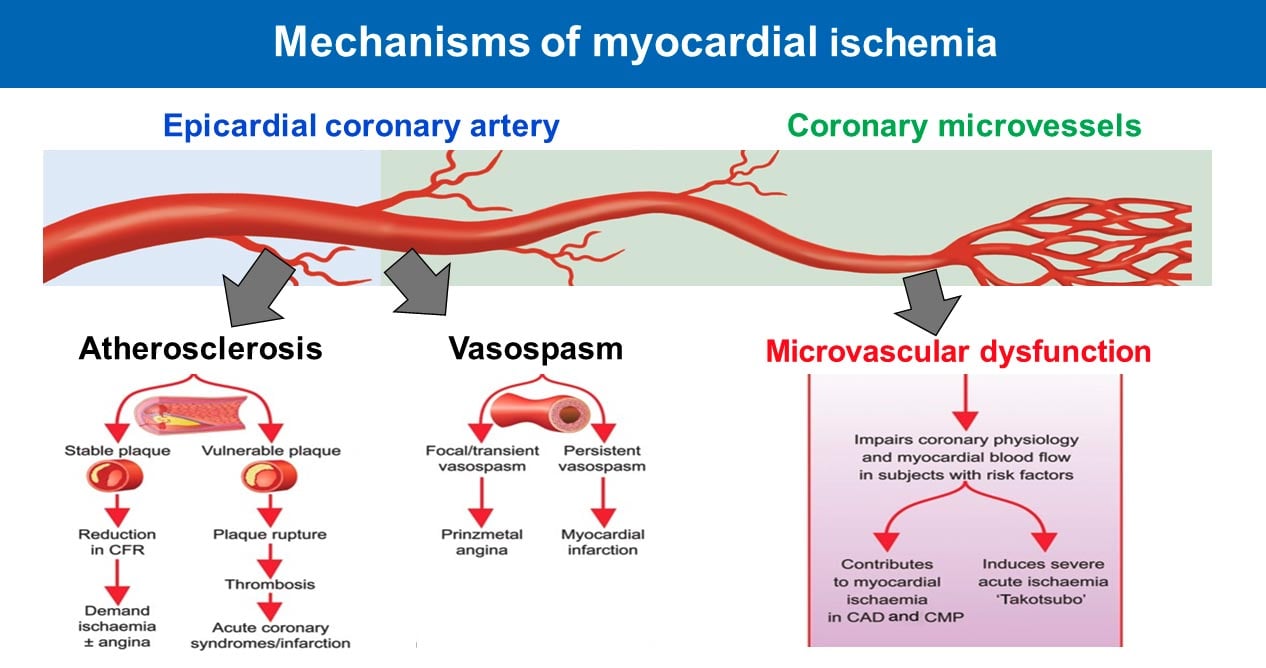


Posting Komentar untuk "Microvascular Coronary Artery Disease"